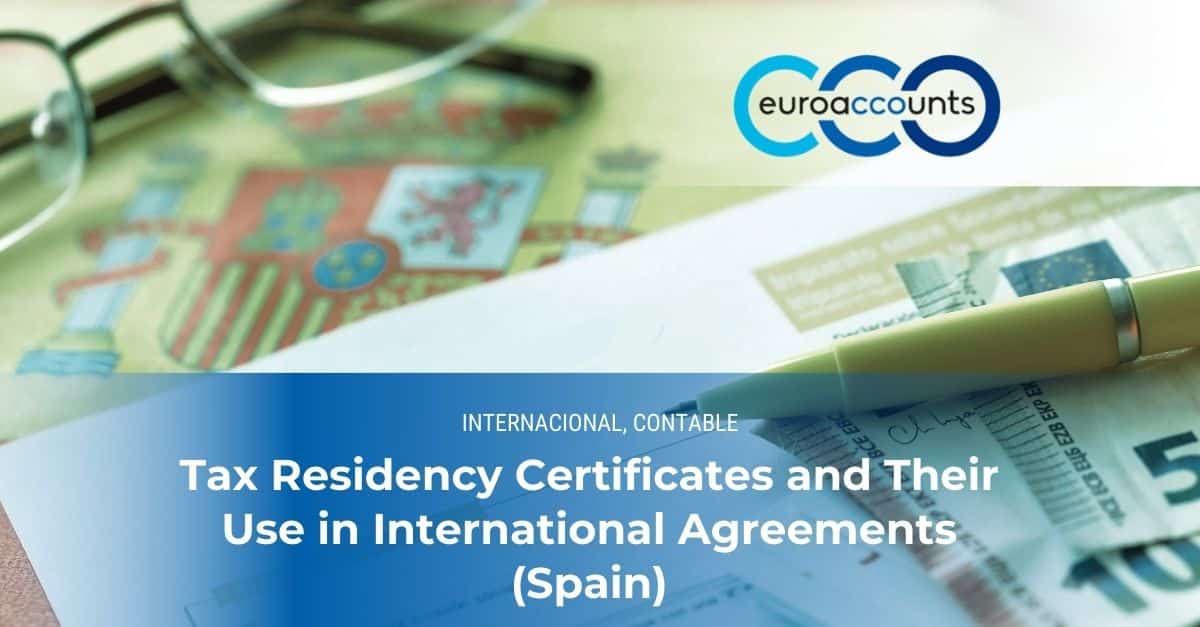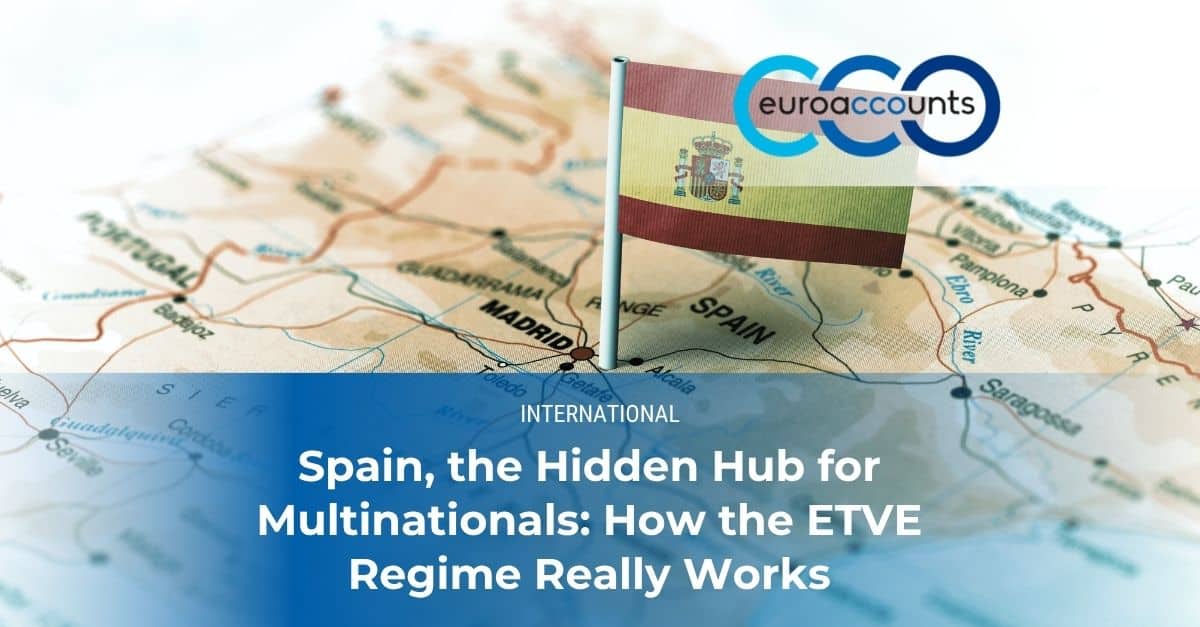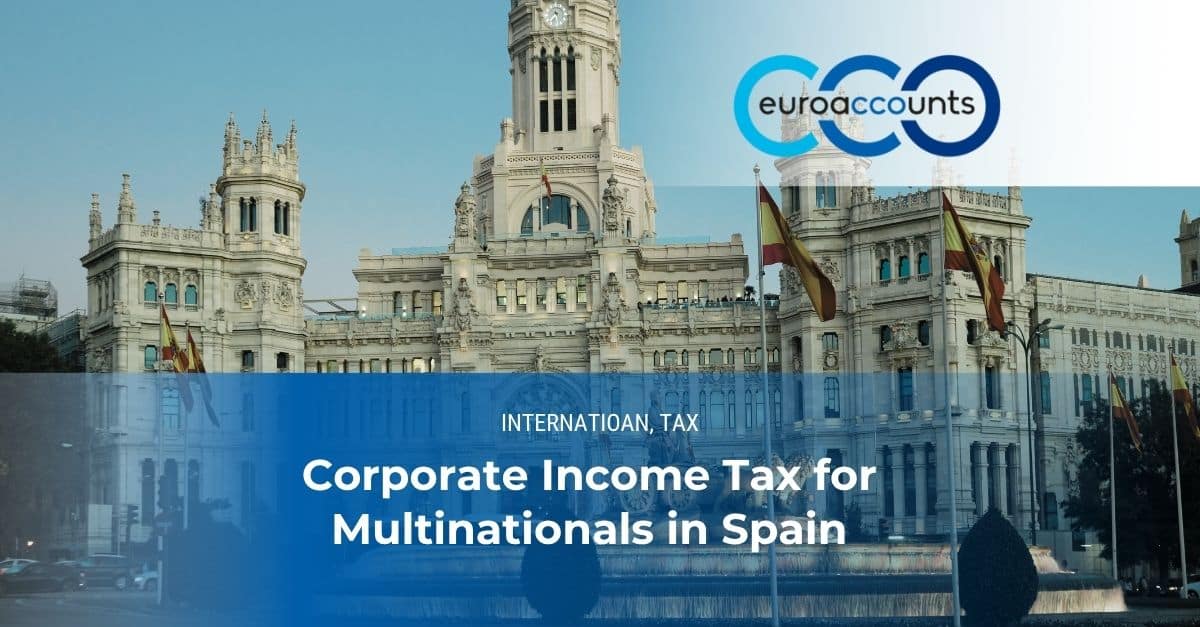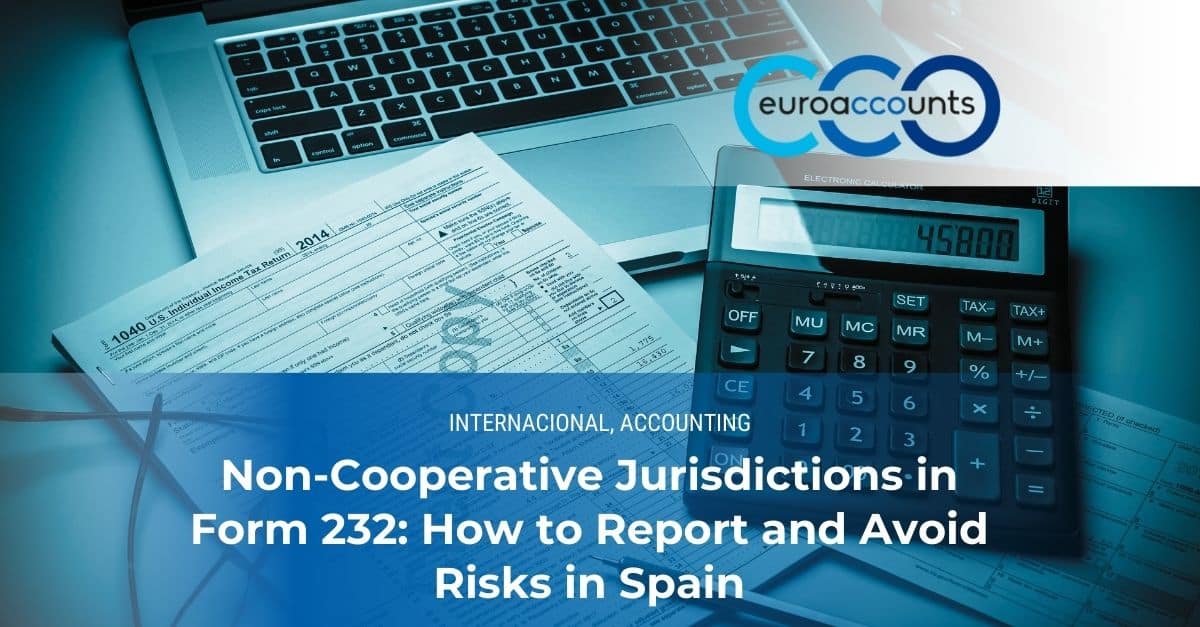Tax residency certificates are essential for multinational groups seeking to minimize their tax burden through double taxation agreements (DTAs). In Spain, these certificates are critical for reducing or eliminating withholding taxes (WHT) on payments such as dividends, interest, or royalties to foreign entities. An incorrect or missing certificate can lead to over-taxation, penalties, or audits by the Spanish Tax Agency (AEAT).
This guide explains how to obtain, validate, and apply tax residency certificates to leverage DTAs, ensuring compliance and tax efficiency. We also highlight their connection to the Form 232, key for reporting related-party transactions, and complement our previous article on avoiding double taxation.
Are you managing a subsidiary in Spain or overseeing a global group? Learn how to optimize your tax strategy and avoid costly mistakes.
What is a Tax Residency Certificate and What is it Used For?
Legal Definition and Applicable Regulations
A tax residency certificate is an official document issued by a country’s tax authority, confirming that an entity or individual is a tax resident in that jurisdiction. In Spain, it is regulated by Article 108 of the General Tax Law (LGT) for withholding taxes on non-residents and aligns with OECD standards for DTAs.
The certificate verifies eligibility for reduced rates or exemptions under DTAs, ensuring that income such as dividends, interest, or royalties is not overtaxed across jurisdictions.
Role in Double Taxation Agreements (DTAs)
DTAs, signed by Spain with over 90 countries, prevent income from being taxed twice. A valid tax residency certificate is mandatory to apply these agreements, enabling:
- Reduction of withholding taxes (WHT) on cross-border payments.
- Exemptions from taxation in the source country (e.g., Spain).
- Compliance with AEAT requirements to avoid audits or penalties.
Example: A Spanish subsidiary pays a €100,000 dividend to its parent company in France. With a valid tax residency certificate, the Spain-France DTA reduces the withholding tax from 19% to 0%, saving €19,000.
How to Obtain and Validate a Tax Residency Certificate in Spain
Requirements, Deadlines, and Valid Format
To be valid in Spain, a tax residency certificate must meet the following requirements:
- Issuer: The tax authority of the country of residence (e.g., IRS for the U.S., DGFiP for France).
- Validity: Generally one year from issuance, though some countries set shorter periods.
- Format: Original document, digitally signed, or with a Hague Apostille for non-EU countries.
- Content: Must confirm tax residency, tax identification number, and issuance date.
Note: The certificate must be valid on the payment date (e.g., dividend distribution) to apply DTA benefits.
Process at AEAT and Required Documentation
In Spain, entities can request a tax residency certificate through the AEAT’s electronic platform (www.aeat.es) or via consular channels for foreign entities. The process includes:
- Application: Submit through the AEAT’s electronic platform with a digital certificate or at a consulate.
- Documentation: Tax ID (NIF), proof of legal representation, and entity identification details.
- Processing Time: Typically 10-20 working days, depending on the channel.
For foreign entities, the process varies by country (e.g., Form 297 for the U.S.). EUROACCOUNTS can coordinate with foreign authorities to expedite issuance.
Applying the Certificate to Payments Subject to Withholding Tax (WHT)
Dividends, Interest, and Royalties: Reducing Withholding Taxes
Tax residency certificates allow for the reduction or elimination of WHT under DTAs for the following payments:
- Dividends: Standard 19% WHT in Spain, reducible to 0-15% under DTAs or exempt under the EU Parent-Subsidiary Directive (≥10% ownership).
- Interest: 19% WHT, often reduced to 0% under DTAs.
- Royalties: 24% WHT (or 19% in some cases), typically 0% under DTAs.
Table: WHT Rates With and Without DTAs
| Transaction | Without DTA | With DTA (Valid Certificate) |
|---|---|---|
| Dividends | 19% | 0-15% (depending on country) |
| Interest | 19% | 0% (most DTAs) |
| Royalties | 24% | 0% (most DTAs) |
Practical Examples with DTAs (France, U.S., Germany, Netherlands)
Example 1: France
A Spanish subsidiary pays €200,000 in dividends to its French parent with a 10% stake. With a valid certificate, the Spain-France DTA reduces WHT from 19% (€38,000) to 0%, saving €38,000.
Example 2: U.S.
A €100,000 royalty payment to a U.S. parent incurs a 24% WHT (€24,000) without a certificate. With the Spain-U.S. DTA and a valid certificate, WHT is 0%.
Example 3: Germany
A €150,000 interest payment to a German parent faces a 19% WHT (€28,500) without a certificate. The Spain-Germany DTA reduces it to 0% with a valid certificate.
Example 4: Netherlands
A €500,000 dividend to a Dutch parent with a 5% stake is exempt from WHT under the EU Parent-Subsidiary Directive, provided a certificate confirms residency.
Common Mistakes: Expired or Missing Certificates
Common errors in using certificates include:
- Submitting expired certificates (invalid after one year).
- Failing to provide certificates before payment.
- Using incorrect formats (e.g., without an apostille for non-EU countries).
Consequence: An expired certificate for a €200,000 royalty payment could result in a 24% WHT (€48,000) instead of 0%, plus potential penalties for errors in Form 232 (€1,000 per omitted data point).
Formal Obligations Related to the Certificate
Reporting in Form 232 and Connection to Forms 296/210
Payments requiring tax residency certificates must align with reporting obligations:
- Form 232: Reports related-party transactions (e.g., dividends, royalties) exceeding €250,000 per transaction type or €36,000 with non-cooperative jurisdictions.
- Form 210: Reports non-resident income subject to withholding per transaction.
- Form 296: Annual report of withholdings paid to non-residents.
Example: A Spanish subsidiary pays €300,000 in royalties to its U.S. parent with 0% WHT under the DTA. As it exceeds €250,000, it must be reported on Form 232, attaching the certificate to justify the exemption. See our Form 232 guide for more details.
Document Retention and Audits
Tax residency certificates must be retained for four years (per Article 66 of the LGT) to comply with AEAT audits. During inspections, the AEAT may request certificates to verify WHT exemptions or reductions.
Tip: Keep digital copies with metadata (e.g., issuance date) to streamline audit responses and avoid penalties.
Legal Risks and Penalties for Misuse
Fines for False or Incorrect Certificates
Using invalid or fraudulent certificates can result in severe penalties:
- Errors in Form 232: €1,000 per incorrect or omitted data point, with a minimum of €3,000 per return (Article 198, LGT).
- Fraudulent Certificates: Fines starting at €10,000 for false documentation (Article 201, LGT).
- Tax Adjustments: Recalculation of WHT plus late-payment interest.
Example: An expired certificate for a €500,000 dividend results in a 19% WHT (€95,000) instead of 0%, plus a €5,000 penalty for Form 232 errors.
Tax and Reputational Consequences
Beyond fines, certificate errors can lead to:
- AEAT Inspections: Prolonged audits due to inconsistencies in Forms 232, 210, or 296.
- Reputational Damage: Non-compliance can erode trust with regulators, partners, or investors.
Example: A multinational faced a €15,000 fine and a six-month AEAT audit after using an invalid certificate, impacting its reputation with stakeholders.
Benefits of Expert Guidance in Certificate Management
Document Validation and Multilocal Certifications
EUROACCOUNTS ensures certificates are valid and comply with each jurisdiction’s regulations, avoiding costly errors.
Example: We validated certificates for a U.S. parent, avoiding €50,000 in undue withholdings on dividends by complying with the Spain-U.S. DTA.
Multijurisdictional Compliance in DTAs
Our team offers support in Spanish, English, and French, coordinating certificate requirements between Spain and parent companies in countries like France, Germany, or the Netherlands.
Benefit: Seamless communication ensures certificates meet AEAT and foreign authority standards, reducing compliance risks.
Support for AEAT or Consular Requirements
EUROACCOUNTS assists with AEAT audits and consular procedures, preparing robust documentation to justify DTA benefits.
Example: We supported a tech multinational during an AEAT audit, presenting valid certificates to avoid €15,000 in penalties and ensure compliance with Forms 232 and 296.
Contact EUROACCOUNTS for a free consultation to optimize your certificate management and tax strategy.
Frequently Asked Questions About Tax Residency Certificates
What is a tax residency certificate?
An official document issued by a tax authority confirming an entity’s tax residency, used to apply DTA benefits and reduce WHT.
How long is a tax residency certificate valid?
Generally one year from issuance, though some countries set shorter periods. It must be valid at the time of payment.
What happens if I don’t provide a valid certificate?
Payments face standard WHT rates (e.g., 19% for dividends, 24% for royalties), and errors can lead to penalties of €1,000+ on Form 232.
Which transactions require reporting on Form 232?
Related-party transactions exceeding €250,000 per type or €36,000 with non-cooperative jurisdictions, requiring a valid certificate for WHT reductions.
Why choose EUROACCOUNTS for certificate management?
We offer technical expertise, multilingual support, audit preparation, and ERP integration to ensure compliance and optimize tax savings.





